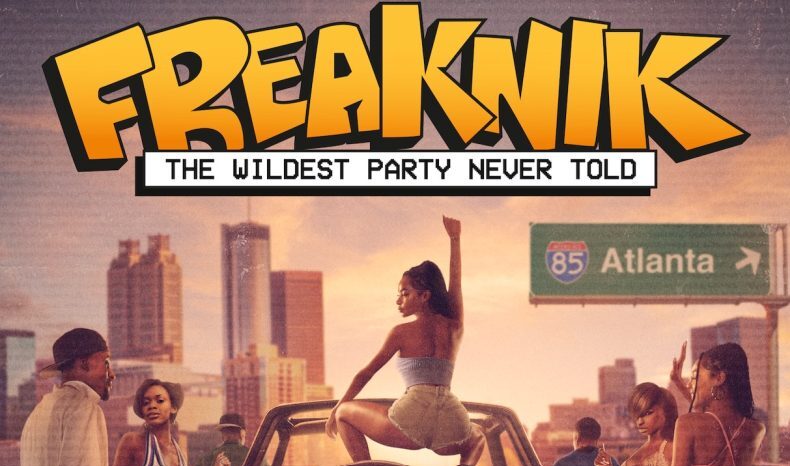My sister and I are 11 years apart, which means when she reached the age where she was finding out who she was, I was watching her to find out who I wanted to be. As a graduate of Southern University of New Orleans, she taught me all the newest dances and dragged me to campus with her, which is where I fell in love with HBCU culture, Greek life, and couldn’t wait to go to college. But even more, I couldn’t WAIT to go to FreakNik. I spent many days living vicariously through her fascinating tales of crashing on Spelman’s campus in a friend’s dorm room, riding down Peachtree hanging out the windows and blasting music, and even when she found herself jumping over barricades and running away from gunshots also sounded exhilarating. Let’s just say that was her third and final year in attendance, but she left with lots of good stories to tell, and zero regrets. I believe those are the days we live for.
FreakNik was a cultural moment in time that personifies the phrase “You just had to be there.” We’ve seen documentaries before about the cultural impact of huge festivals such as Woodstock, Lollapalooza, and even Burning Man. We’ve seen behind-the-scenes footage of MTV’s Spring Break and Girls Gone Wild. And just as recently as 2021, Hulu teamed up with The Roots’ Questlove to direct “Summer or Soul”, a documentary based on unreleased footage from the 1969 Harlem Cultural Festival. The film went on to win numerous awards including but not limited to an Academy Award, a Grammy Award, and a Peabody Award. But there has never been a major project that highlights the many faces of Black celebration and expression, from the good to the bad, and yes, the ugly. So, needless to say, last year when Hulu announced the upcoming release of its FreakNik: The Wildest Party Never Told documentary, the public reactions were equally exciting, concerning, confused, and hilarious. Amidst the anticipation, it finally debuted last week and was surprisingly met with mixed reviews.
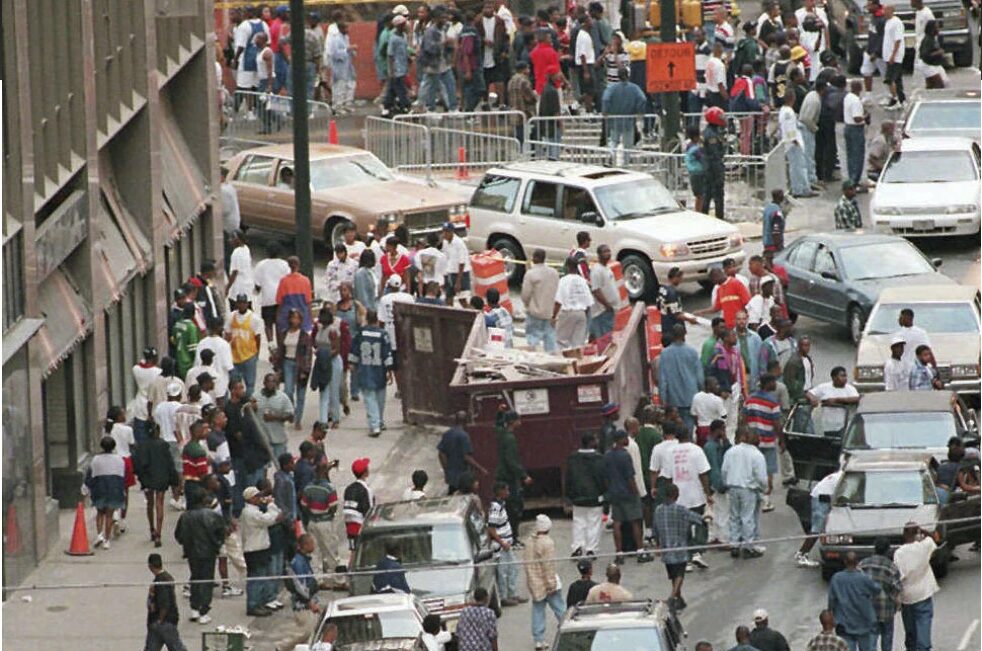
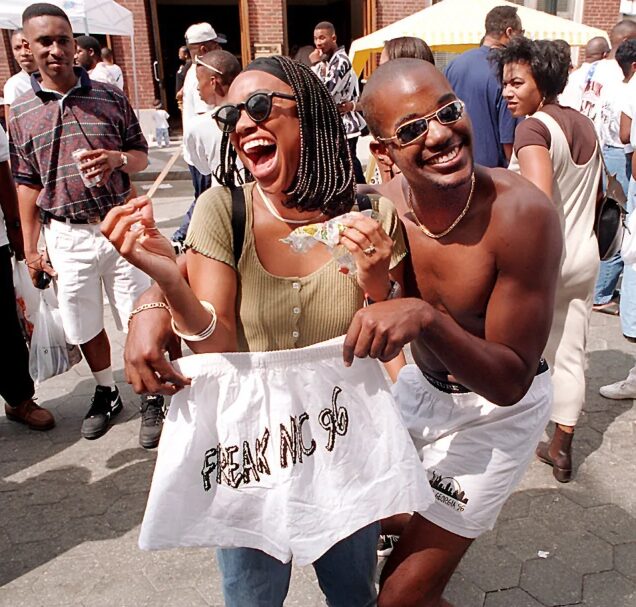
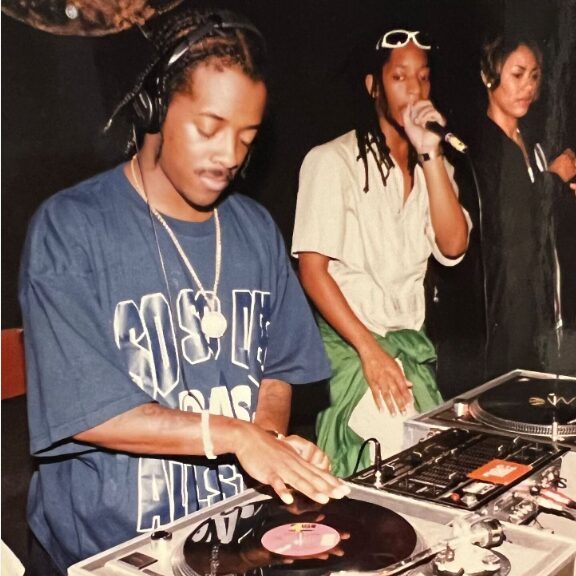
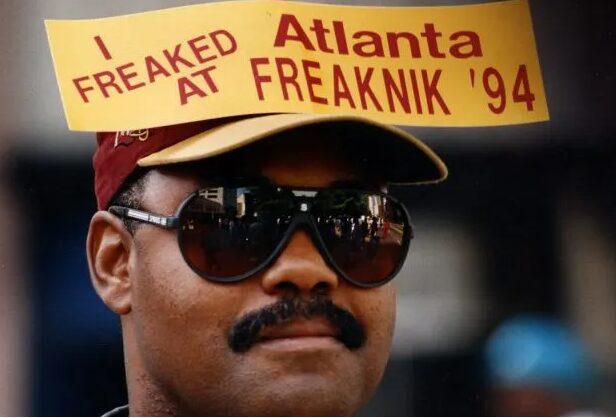
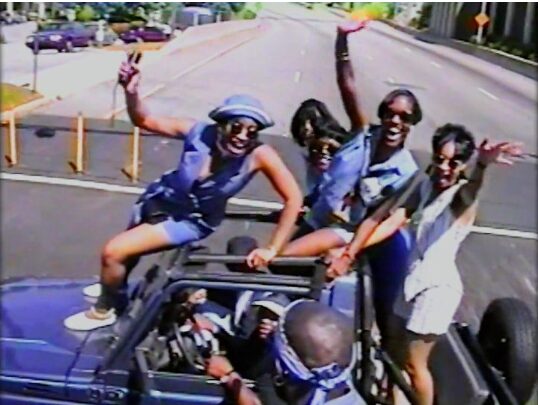
One of the top conversations on social media from viewers was how uncomfortable it felt to watch Hip-Hop Mogul Uncle Luke take so much pride in bragging about bringing the “Freak” to “FreakNik”. What started as a spring break celebration for Black college students who felt excluded and unseen, eventually became a platform for those same students to be exploited and unsafe. While the popular trending topics online were mostly of “older” women with current families and careers being afraid to see themselves dancing explicitly on television, there were also many men, with those same families and careers, silently but equally concerned that they were going to be seen acting out of character and get caught engaging in physical and sexual assault. So, to watch Uncle Luke take so much pride in being the self-proclaimed “mayor of madness” was, let’s just say, cringeworthy. Another critique was that it just wasn’t long enough. The documentary was a great place to start, but it left a lot of holes, unanswered questions, and untold stories. The FreakNik we knew and the FreakNik we heard about wasn’t necessarily the full FreakNik we saw on Hulu. Many felt that the story would have been told a lot less candidly if it had been produced by a network with less censored content such as HBO or Showtime, or even a late-night reboot of BET’s “UnCut” presented in a FreakNik biopic docu-style.
FreakNik was started in 1983 but peaked in the early to mid 90’s, so a lot of viewers were also confused as to why rapper, 21 Savage, was sought out as a reliable source for the documentary considering the fact that he wasn’t even born until 1992, and he wasn’t even born in the United States. On a positive note, one of the most refreshing things about the documentary was finally being able to recognize and give flowers to the founders and creators of FreakNik and seeing them speak life to their original purpose for the event. FreakNik was one of a kind. It existed in the exact era that it needed to and personified Black joy and Black expression in the 90’s. I’m not sure if another FreakNik could survive today, and that’s okay because all reboots aren’t necessary. There are several versions of our own FreakNik happening annually, from Essence Fest to the Roots Picnic, and that’s not even getting started on all the musicians announcing new tour dates daily. Every Beyonce’ concert feels like FreakNik, or a college reunion. But the original FreakNik is in a class of its own and deserves to stay there, with all the extraordinary stories, told and untold.
As Glorilla says, “At the end of the day, the day gotta end.” And at the end of the day, the general consensus seems to be that the excitement around the Hulu documentary release was better than the actual documentary itself. It wasn’t half as controversial as it was expected to be, which for some (me) was disappointing, but for many others, was the longest sigh of relief and the loudest exhale heard around the hood.


